
Language-Learning Through the Five Senses
Use a child's natural curiosity as a way to spark a love of language.
Young children are naturally curious about the world around them. They touch, feel, see, hear, and taste. Paying attention to what their senses are telling them can spark interaction and teach new words. This can happen anywhere—riding on the bus, walking past a restaurant, while preparing dinner—just about every time and place holds an opportunity for developing language!
How does it feel? Touch is often how children experience the world. Let kids feel certain textures. Then help them give each a name (“Your sweater is really soft” or “The carpet is fuzzy.”).
Breathe deeply. When taking a walk, point out the smells in your world (“Mmm…this bread from the bakery smells fresh! Let’s smell it!”).
Do you see what I see? Even looking out the window together and pointing at what you see is an opportunity for conversation. (Kids’ babbles, coos, and gestures count!)
It’s a matter of taste. Talk about how things taste in your mouth (“Does that juicy watermelon taste sweet?”) This will help build kids’ vocabulary.
Sounds are everywhere. Listen up! When you are out, talk about what you hear (“Do you hear the cars beeping?” “The wind is rattling the branches.”). Helping kids tune in to sounds is also a great way to build listening skills.
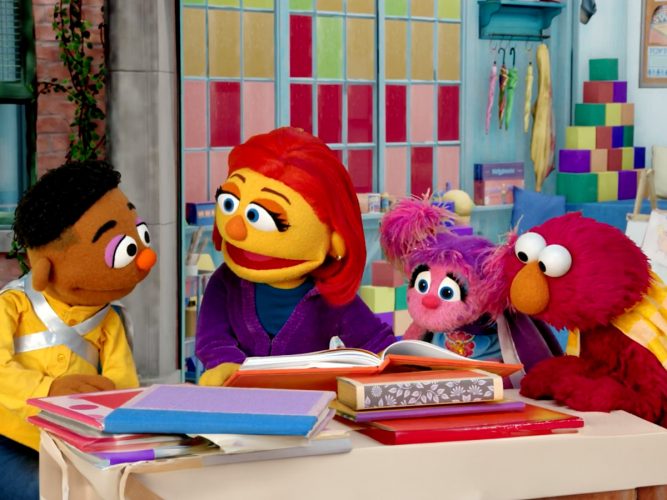
Buzzing About Books
As children grow, they can engage with books (and caring grown-ups!) in special ways.
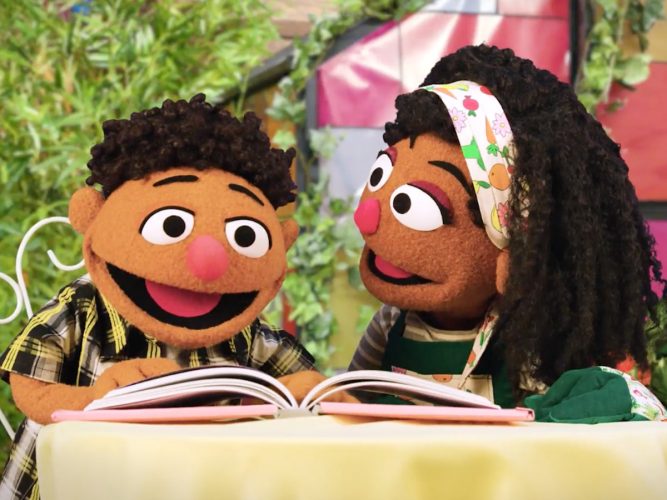
A Star Reader
There are many steps to reading, and all are important to becoming a great reader. It’s a process!
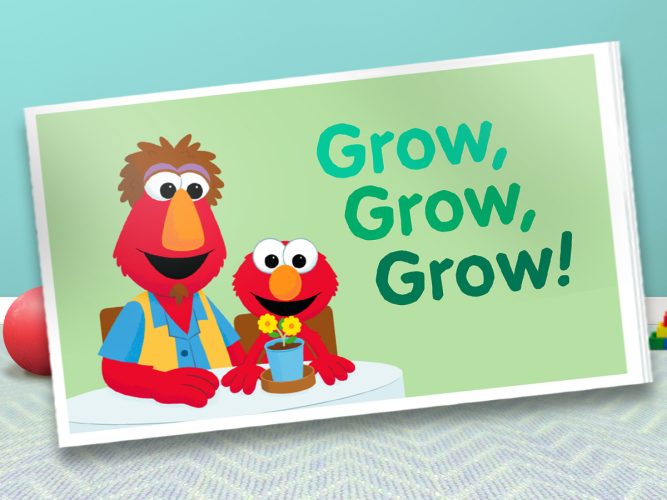
Grow, Grow, Grow!
A story about Elmo and his daddy using a book to grow a flower.
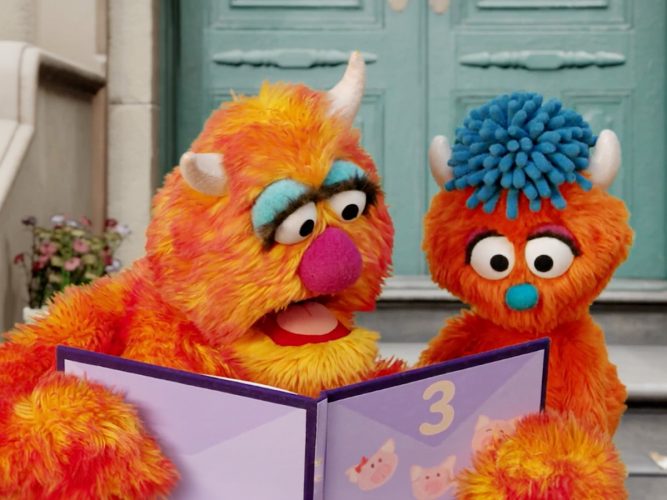
One More Time
There are lots of different ways to share the same story, again and again!

Tips for Shared Reading with Children Birth to Three
Tips for using reading time to bond with your child and build their language and literacy skills.
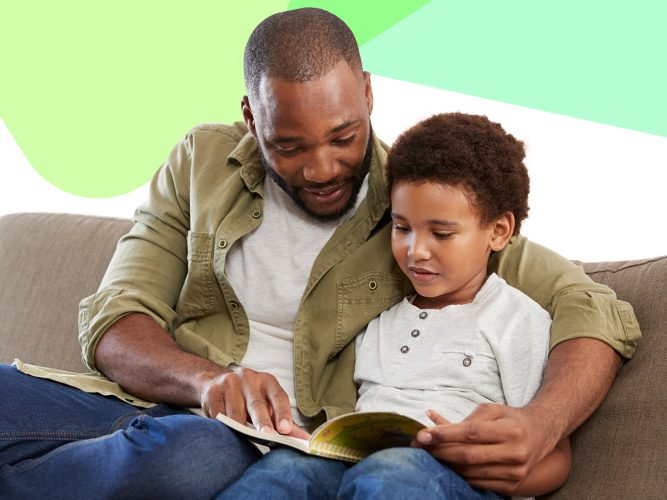
Tips for Shared Reading with Children Three to Five
Tips to make shared reading a time for learning and connection.
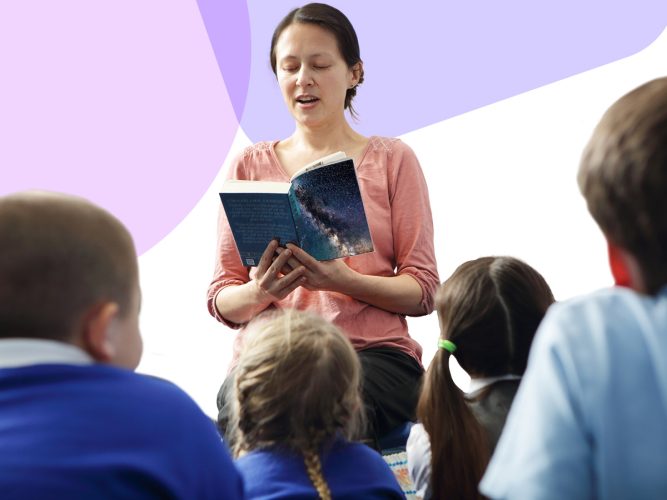
A Mighty Voice
Finding confidence in the ways that you tell stories will make them even more special to the children you share them with.
